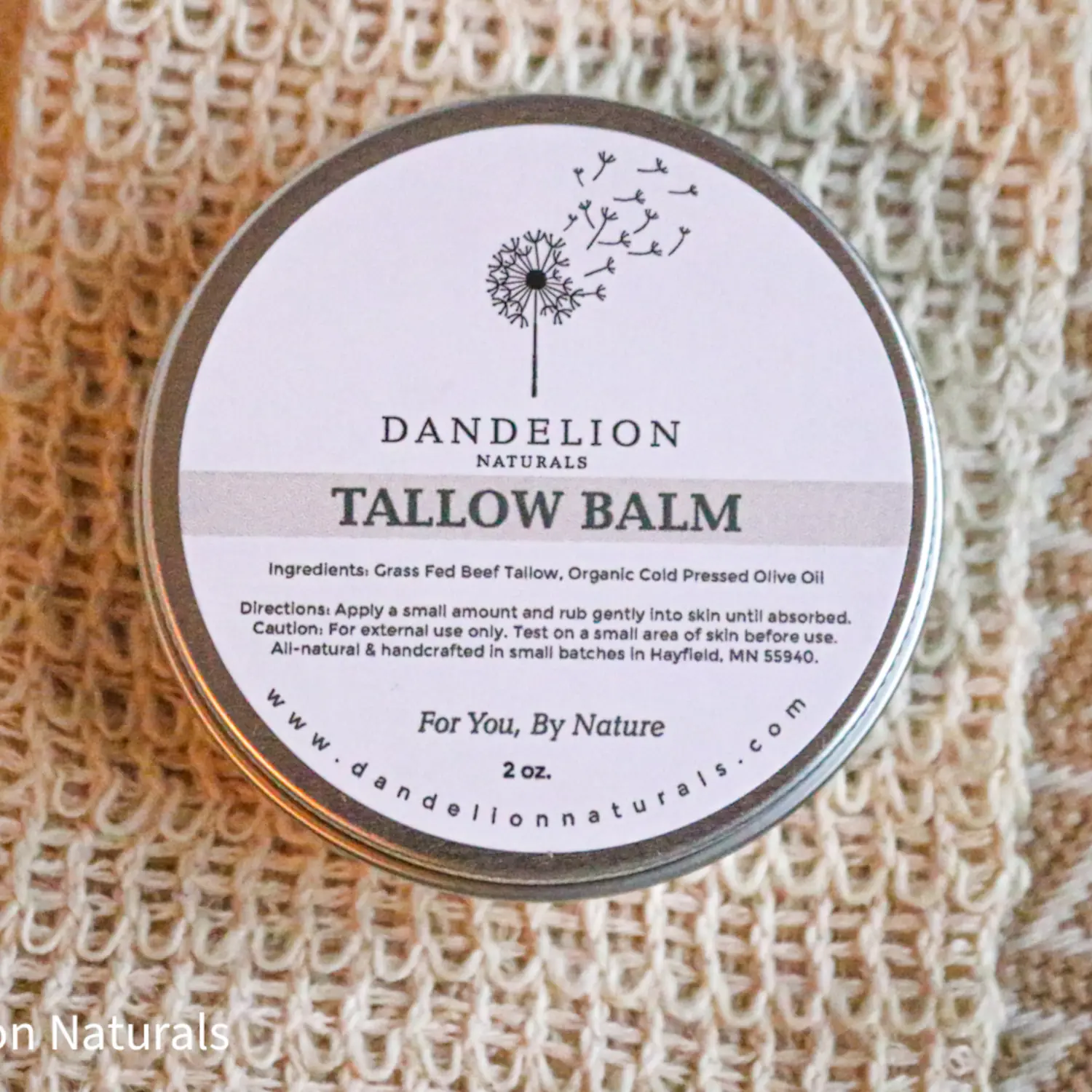Pimples, clogged pores, blackheads, and general skin inflammation can be aggravated or even caused by what is put on the skin. Acne-prone skin is even more sensitive to what is applied to the skin. For this reason, there is a chart that has been created scoring oils and their likelihood of contributing to pore clogging. This score chart is known as the comedogenic score chart. While this chart is very helpful in choosing which oil would be best for each individuals skin it doesn’t quite give the full picture of what moisturizer might be best for your individual skin. What is the rest of the picture?
What should be considered when choosing a moisturizer for your skin?
“There are two types of fats: saturated and unsaturated (also labeled as “polyunsaturated”). Saturated fats are solid at room temperature; saturated means that the fat molecules have all the hydrogen atoms they can hold. In contrast, unsaturated fats are liquid at room temperature and have some hydrogen atoms removed. Why does this matter? Because this opens up the structure of their molecules in a way that makes them susceptible to attack by free radicals.” (1) The word polyunsaturated fat can be abbreviated to: PUFA. High PUFA content oils are less stable whether they are consumed or placed on the skin which allows oxidation. What is oxidation? It is: “The oxidation process that leads to cell damage, including skin cells, and that spells wrinkles, sagging, aging. “Many people are concerned about the spontaneous glycation that supposedly happens in the body when sugars react with proteins, though they are really mostly the result of PUFA degradation,” says Dr. Peat. That’s right—sugar is not the enemy; the unhealthy oils in your diet are.” (2) Finding low PUFA containing skincare products can be hard when looking at conventional products since conventional makers don’t consider: “In declaring EPA and DHA to be safe, the FDA neglected to evaluate their antithyroid, immunosuppressive, lipid peroxidative (Song et al., 2000), light sensitizing, and antimitochondrial effects, their depression of glucose oxidation (Delarue et al., 2003), and their contribution to metastatic cancer (Klieveri, et al., 2000), lipofuscinosis and liver damage, among other problems.” (3) And this isn’t just something that should be considered in skincare but also should be considered when eating, due to: “It takes four years to detox PUFAs from your tissues, but gradually you should notice an improved metabolism and fewer age spots, among other benefits.” (4) And: “With these omega-6 rich PUFAs sending us into a state of chronic inflammation – when over-consumed in relation to omega-3 fatty acids – and elevating our risk of heart disease, and a long list of other diseases, as a result.” (5)
What moisturizers are the best?
Low-PUFA skincare oils include:
Squalane oil
MCT Oil (Capric/Caprylic Triglycerides)
Fractionated coconut oil
Jojoba oil
Olive oil
As well as solid fats and butters such as:
Beef tallow
Cocoa butter
Coconut oil
Shea butter
Lanolin (6)
But what about the comedogenic score?
0 – Not Likely to Clog Pores
1 – Low
2 – Moderately Low
3 – Moderate
4 – Fairly High
5 – High
Oils
Avocado Oil – 2
Castor Oil – 1
Cocoa Butter – 4
Coconut Butter – 4
Coconut Oil – 4
Olive Oil – 2
Shea Butter – 0
Tallow – 2
Jojoba Oil – 2
Tocopherol (Vitamin E) – 2
(7) (8)
If you have acne-prone skin then finding a moisturizer that has a low commodemic score is best but if you have: “drier skin might prefer a more emollient oil toward the middle of the scale.” (9)
More to consider:
“Knowing the difference between fatty acids and how they interact with skin can help you choose the right product depending on your skin type.
If you have frequent blemishes or oily skin, you might think you need to use only oil-free products. Not so fast! Research shows that people with acne have low levels of linoleic acid in their skin’s surface lipids. Adding these particular fatty acid-rich oils topically may be the best way to address this problem.
Linoleic acid (C18:2) is an omega-6 essential fatty acid not produced by the body. It has anti-aging, barrier protective, soothing, and balancing properties, and is most suitable for oily and acne-prone skin.
Borage, castor, cherry kernel, chia, kiwi seed, pomegranate and sesame oils contain high linoleic acid but have more balanced profiles.
Oleic Acid (C18:1) is an omega-9 fatty acid, very hydrating and ideal for drier skin. Oils high in oleic acid can help with dry and sensitive skin, reducing skin sensitivity. They work effectively to reverse the inflammatory response in various layers of the skin.
The highest oleic acid ratio is found in almond, apricot, avocado, carrot seed, hazelnut, macadamia, macula, olive, palm, sea buckthorn and canola oil, as well as cocoa, mango and shea butter.
Argan, abyssinian, jojoba, rice bran and tamanu oils contain high oleic acid but have more balanced profiles.
Ricinoleic Acid (C18:1) – an omega 9 fatty acid with antibacterial and cleansing properties.
Found only in castor oil.
Eicosenoic Acid (20:1) – an omega 9 with soothing emollient and permeation enhancing properties High in jojoba and meadowfoam seed oil.
Erucic Acid (22:1) – an omega 9 with a silky/silicone like feel for light hydration.
High in abyssinian and broccoli oil, moderate in jojoba and meadow foam seed oils
Lauric Acid (12:0) – antibacterial and anti-acne properties.
Found in babassu, coconut, date seed, and palm oil.
Myristic Acid (14:0) – cleansing and lubricating properties.
Found in babassu, palm, and coconut oil.
Stearic Acid (C18:0 ) – rich and hydrating properties but occlusive and tends to clog pores for acne prone skin.
Found in cocoa, coconut, mango mowrah, and shea butter as well as neem, shea and tamanu oil.” (10)
Conclusion:
When looking for a moisturizer for your skin, first look for low PUFA then consider your skin type and what acid profile and comedogenic score would work best for your skin. Then try it on your skin, you will not truly know what works best for skin until you have tried it. But with the knowledge you have gained from this blog post you should be able to narrow down which 2-3 oils to try to support your unique skin type.
Since everyone has their own unique skin type and scent preference we have created multiple different scents and supportive soaps. Such as our charcoal soap is very supportive for acne-prone skin.

You can find our charcoal soap at: https://dandelionnaturals.com/product/charcoal-bar-soap/
Our pure olive soap is ideal for sensitive skin types and can be found at: https://dandelionnaturals.com/product/pure-olive-bar-soap/

Our grapefruit sea salt bar soap is ideal for skin that needs exfoliation and moisture.

You can find this bar of soap at: https://dandelionnaturals.com/product/grapefruit-sea-salt-bar-soap/
And our tallow soap is perfect for washing your face or as a baby soap.

You can find our tallow bar soap at: https://dandelionnaturals.com/product/tallow-bar-soap/
We have many more bars of soap with essential oil scents that are perfect for men or women available on our website. We also have lotion bars available and balms.
Tip: print this blog post and highlight the times your skin type is mentioned, also highlight the oil associated with it, this will help you narrow down which oils will work best for your skin type.
Resources:
https://theskincareedit.com/polyunsaturated-fatty-acids (1) (2) (3) (4)
https://beneficialbotanicals.com/comedogenic-rating/ (7)










